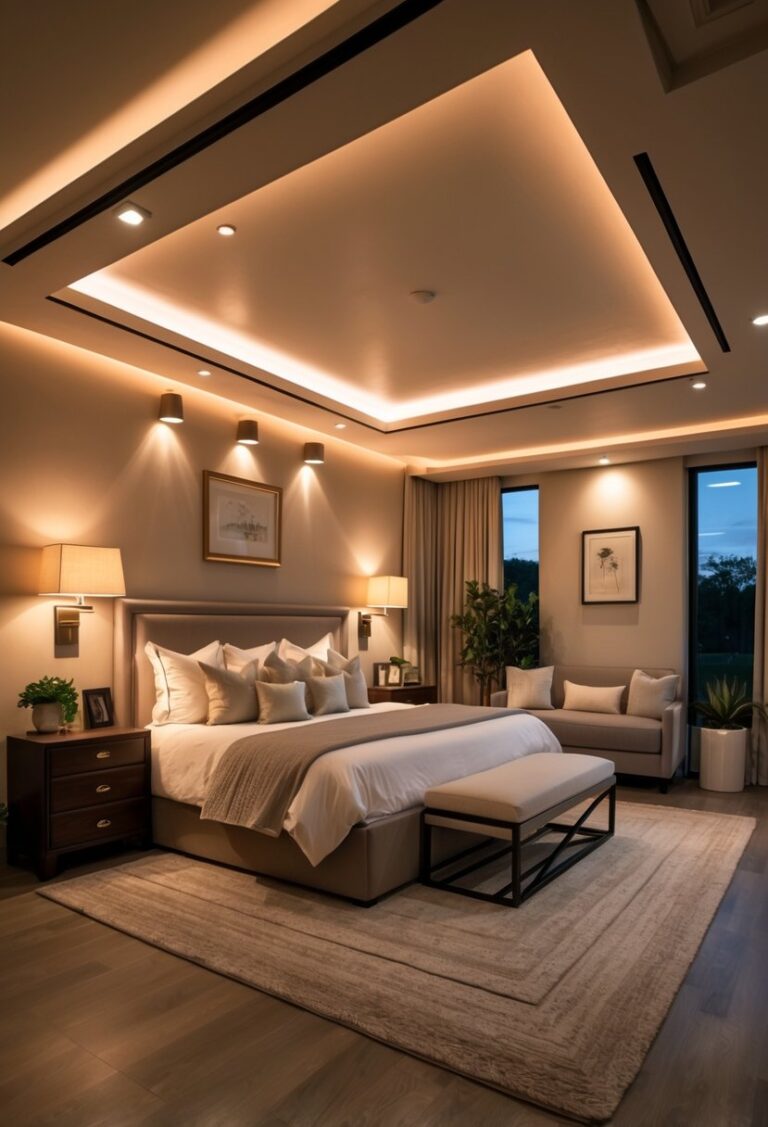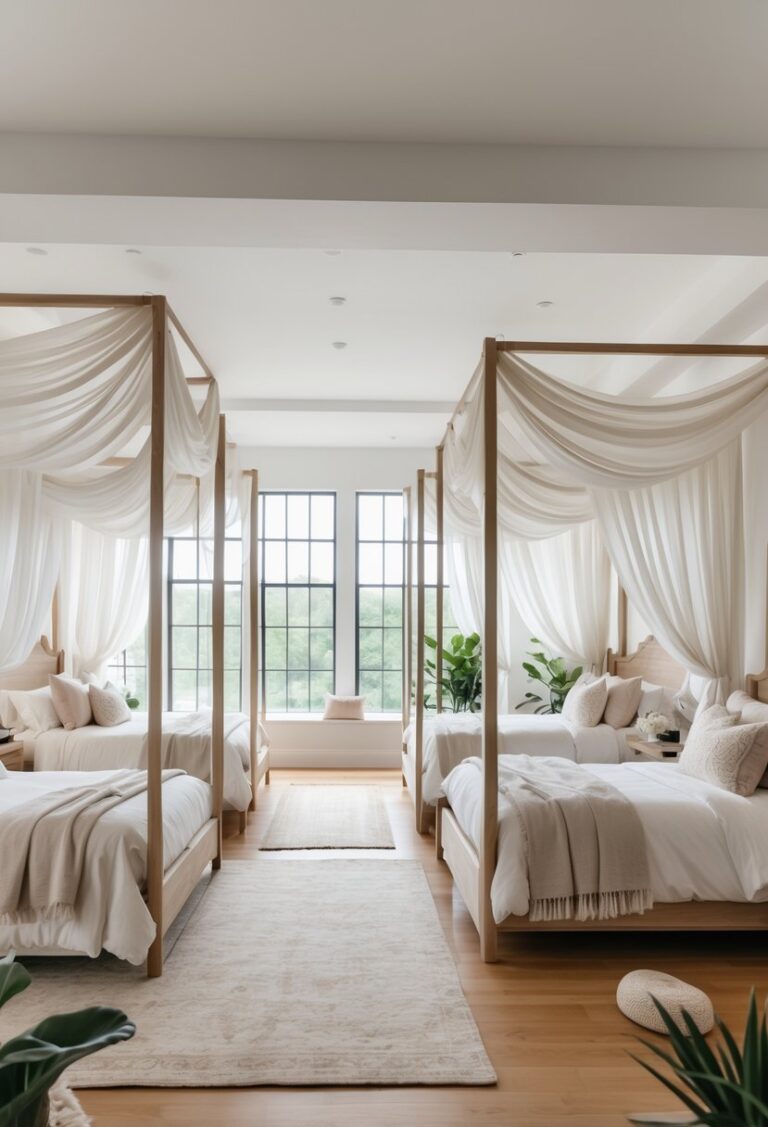8 Living Room Designs for Small Spaces to Maximize Style and Functionality
Many people face challenges when designing living rooms in small spaces. Finding ways to make these rooms both functional and comfortable requires thoughtful planning and creativity.
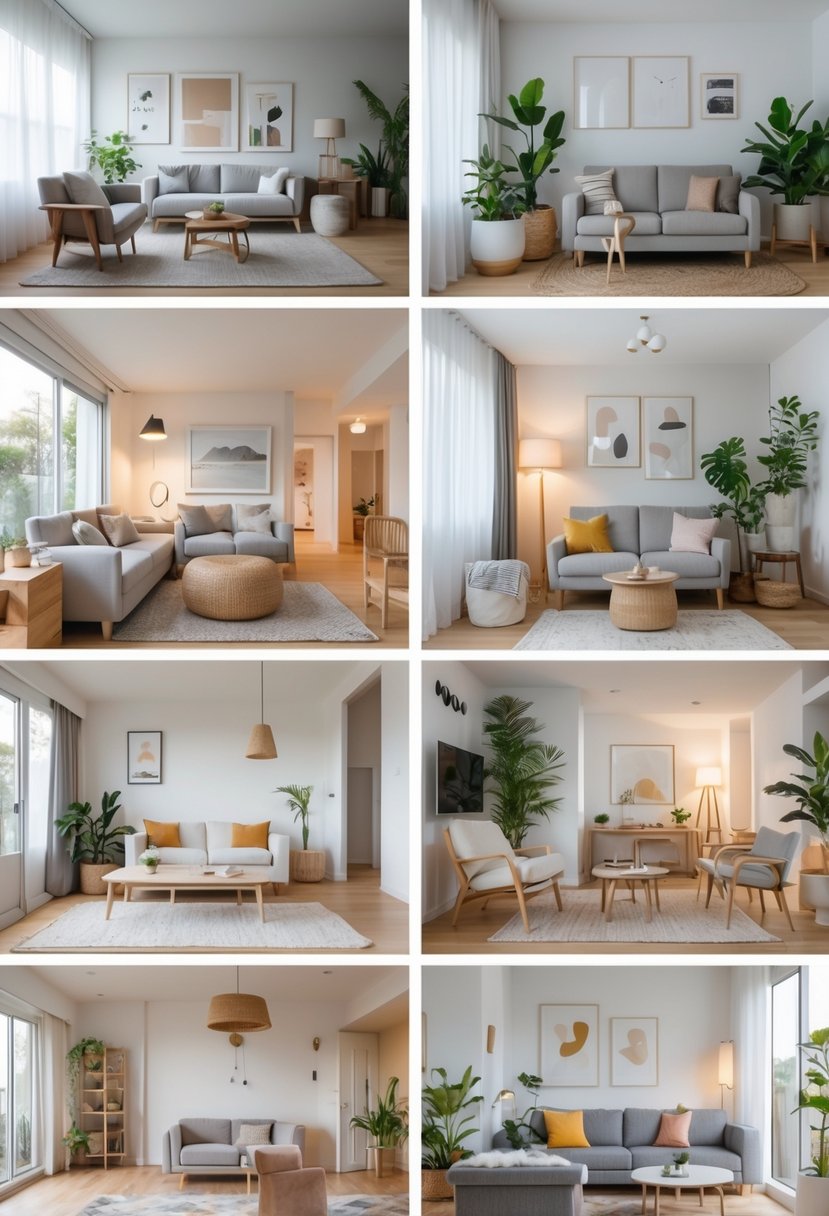
Small living room designs help maximize space while maintaining style and comfort. This article explores eight different ideas that can guide someone in making the most of limited living areas without feeling crowded or cluttered.
1) Use multi-functional furniture like ottomans with storage
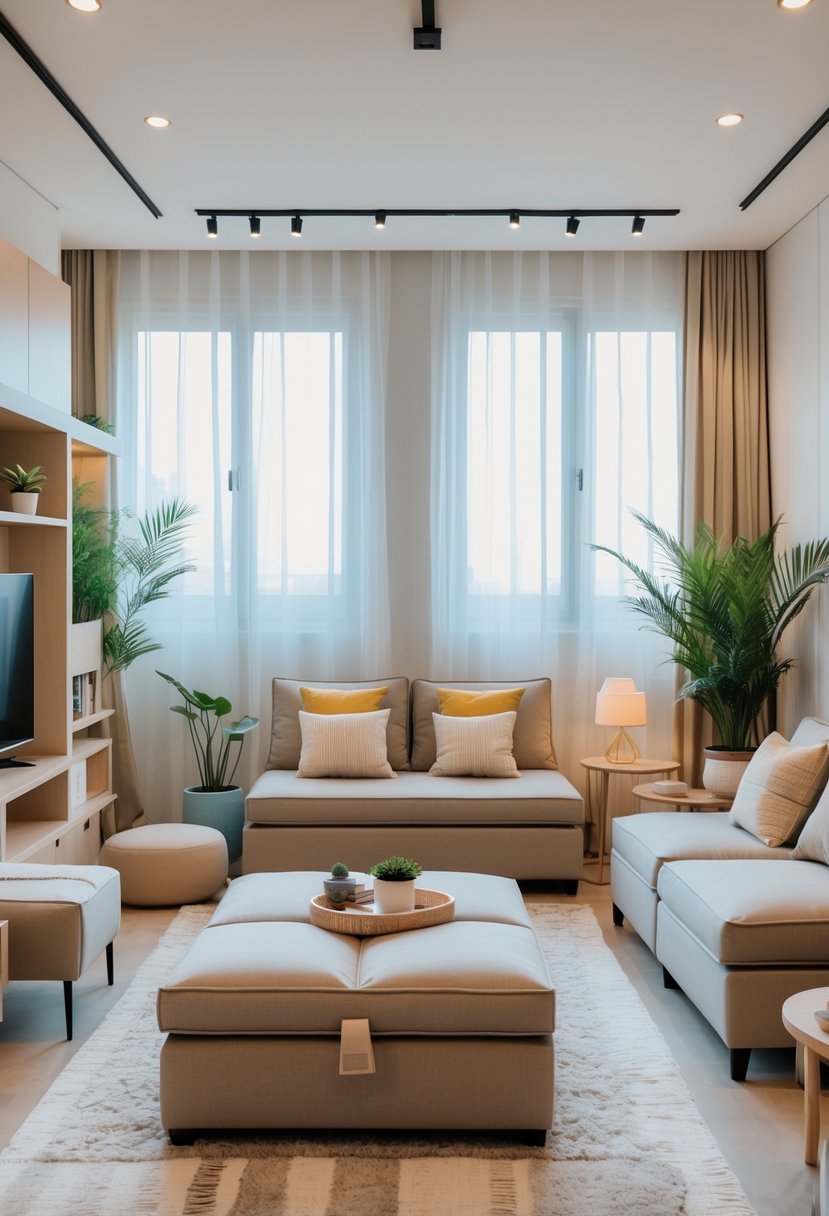
Multi-functional furniture helps make the most of limited space. Ottomans with storage provide a place to sit or rest feet while hiding clutter inside.
They combine comfort and functionality, saving room that might be taken up by extra boxes or shelves. This type of furniture works well in small living rooms where every inch counts.
2) Choose light, neutral wall colors to create openness
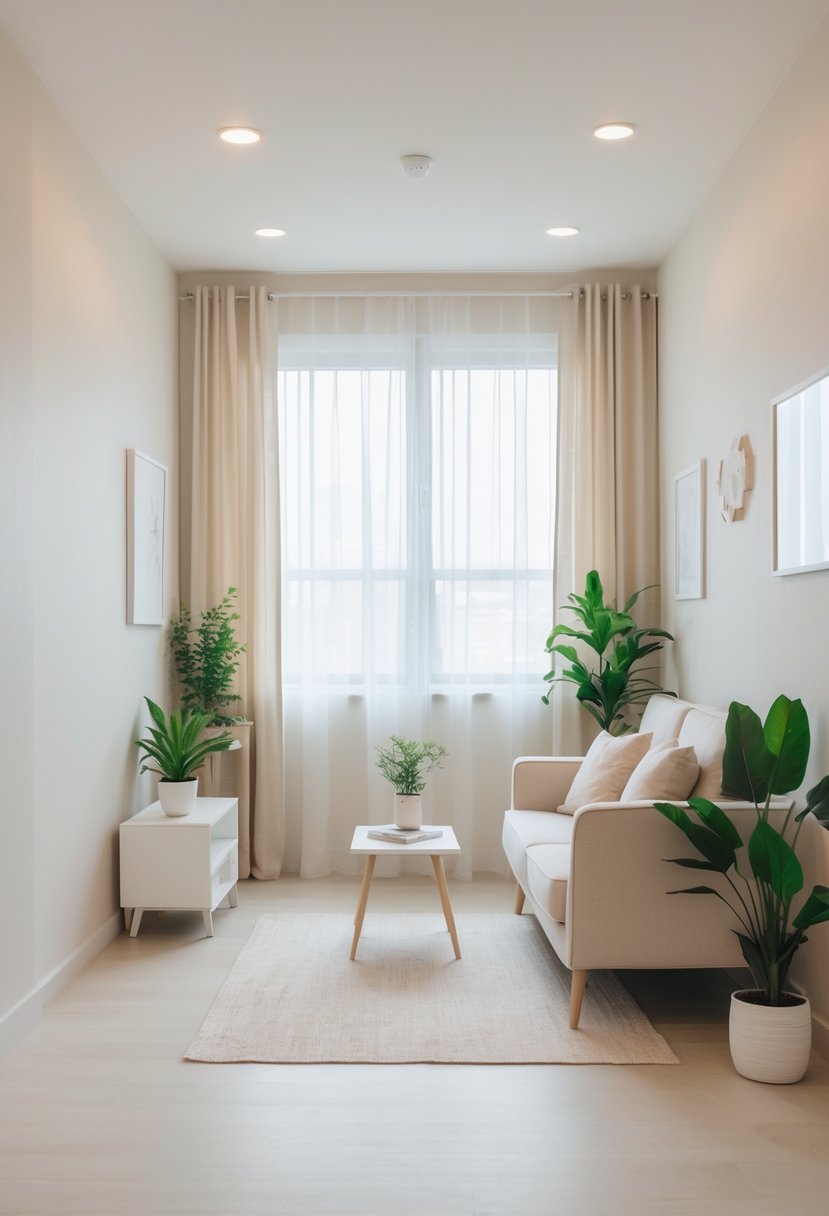
Light, neutral colors help make small living rooms feel more open and bright. Shades like white, cream, gray, or soft beige reflect natural light well.
These colors act as a simple background that works with many furniture styles and decor choices. Adding white or gray to paint softens the tone, making the space feel calm and spacious.
3) Incorporate mirrors to add depth and reflect light
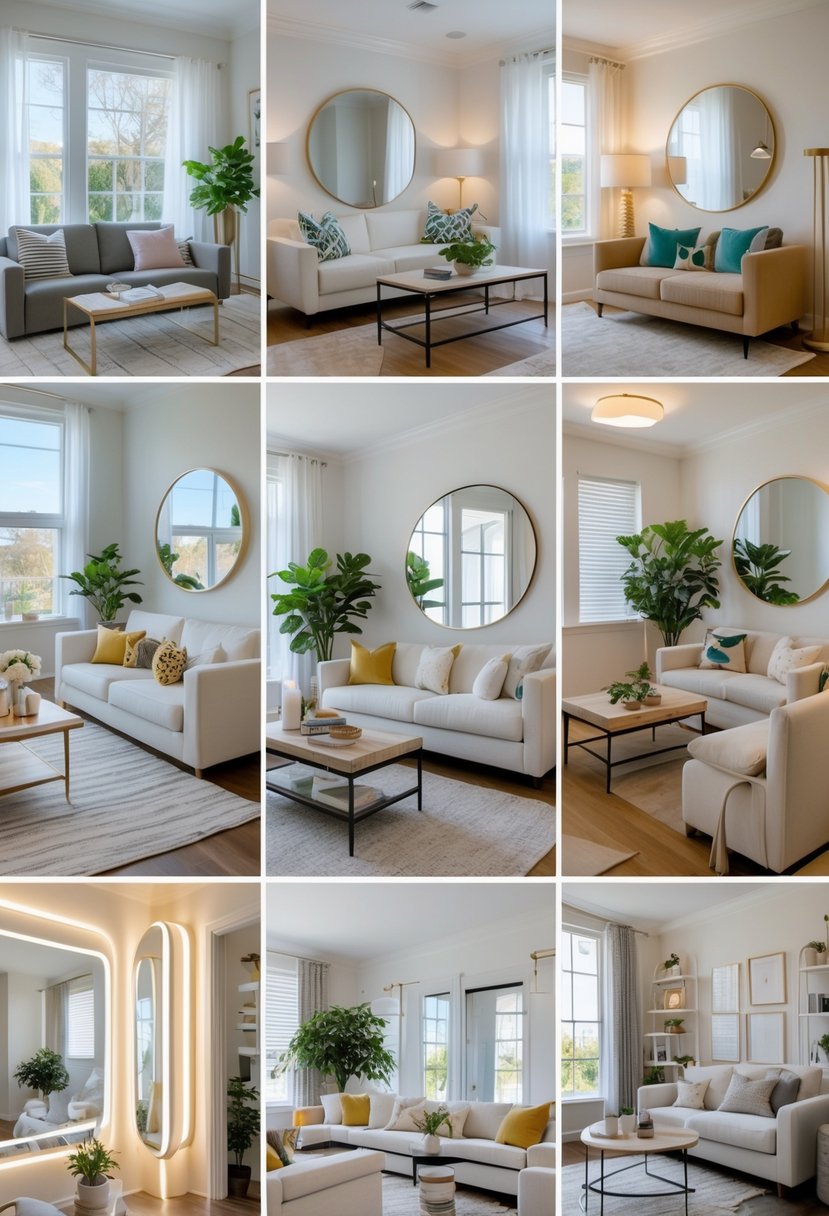
Mirrors help make small living rooms feel larger by reflecting light and creating a sense of space. Placing an oversized mirror on a wall brightens the room and adds depth.
Leaned mirrors or mirrored furniture also add style without taking up much space. Using mirrors near windows can increase natural light, making the room feel airier and more open.
4) Opt for slim-profile sofas and chairs to save space
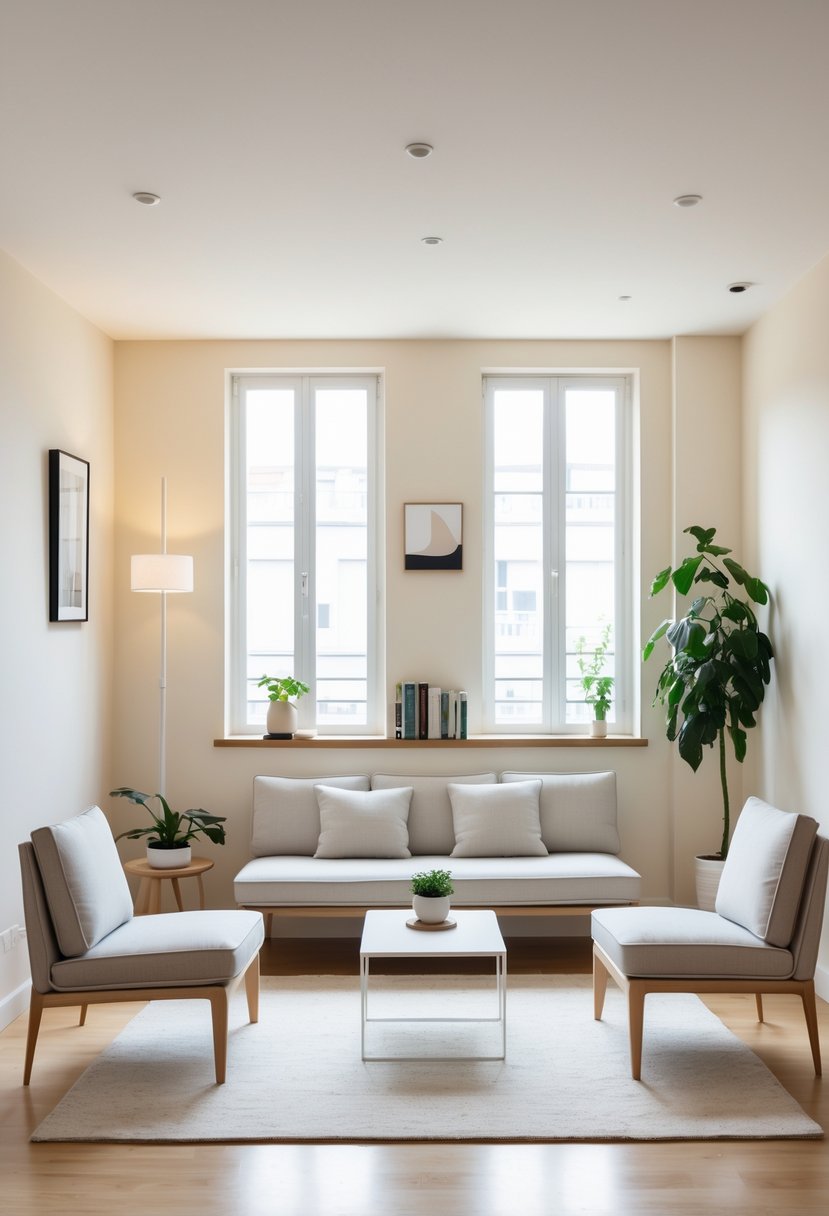
Slim-profile sofas and chairs take up less room while still providing seating. They often have narrow arms and low backs, which help make the space feel open.
Choosing furniture with slim legs also reduces visual bulk. This style works well in small living rooms by keeping the area from feeling crowded.
5) Use vertical shelving for storage without crowding floor space
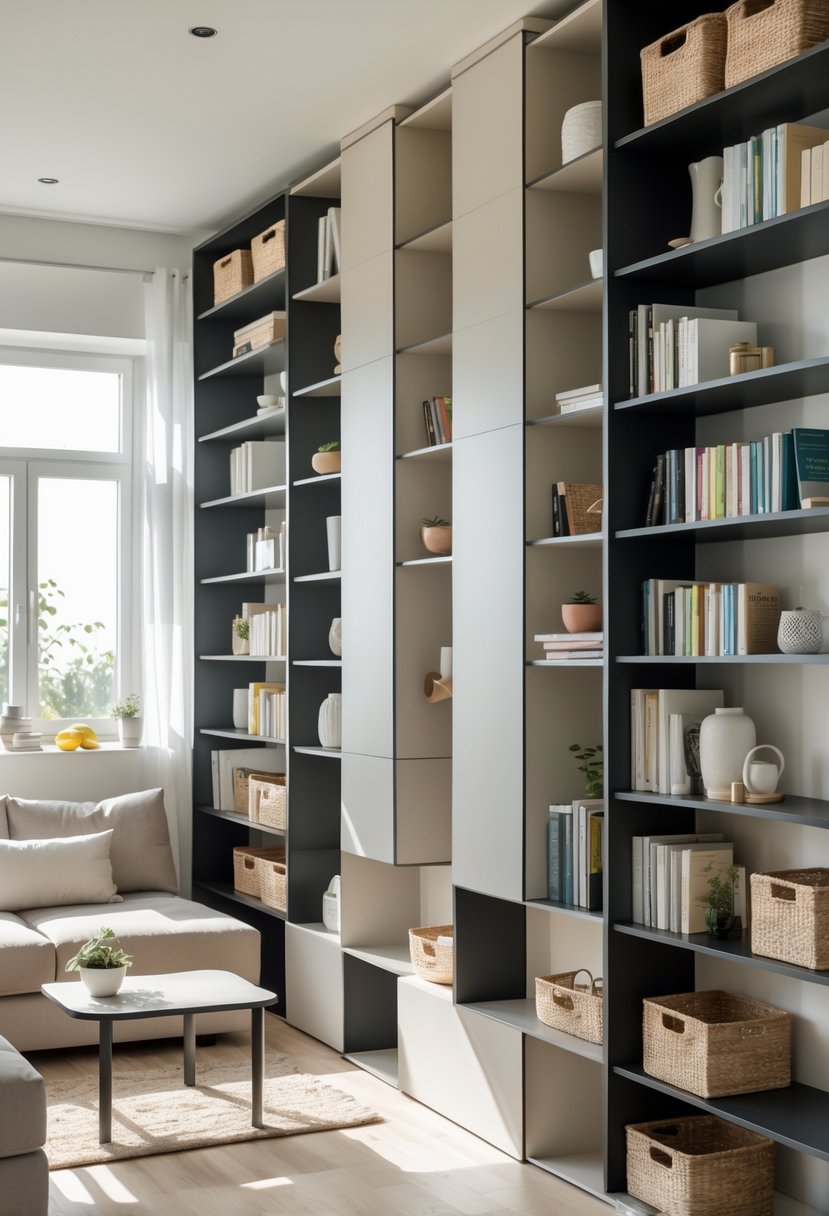
Vertical shelving helps save floor space while adding storage. It uses wall height to hold books, decor, or everyday items.
Shelves can be placed over doors, windows, or sofas to maximize unused areas. This keeps the room organized and open.
This approach works well in small living rooms by reducing clutter and making the space feel larger.
6) Install adjustable track lighting or lamps with movable arms
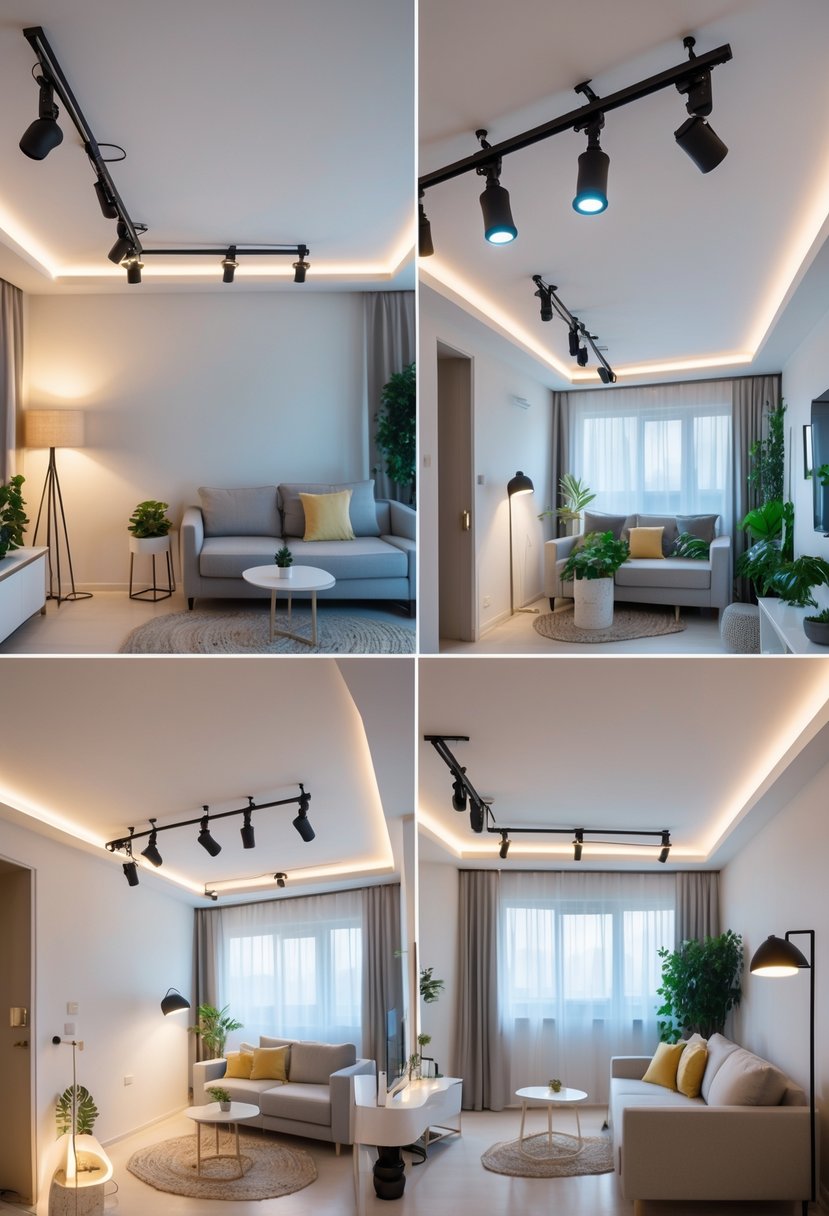
Adjustable track lighting helps focus light where it is needed most. It can highlight artwork or brighten specific areas without taking up floor space.
Lamps with movable arms offer flexible lighting options. Users can direct light for reading or create soft ambiance by adjusting the lamp’s position.
Both options save space while improving room functionality in small living areas.
7) Create zones within the room using rugs or furniture arrangement
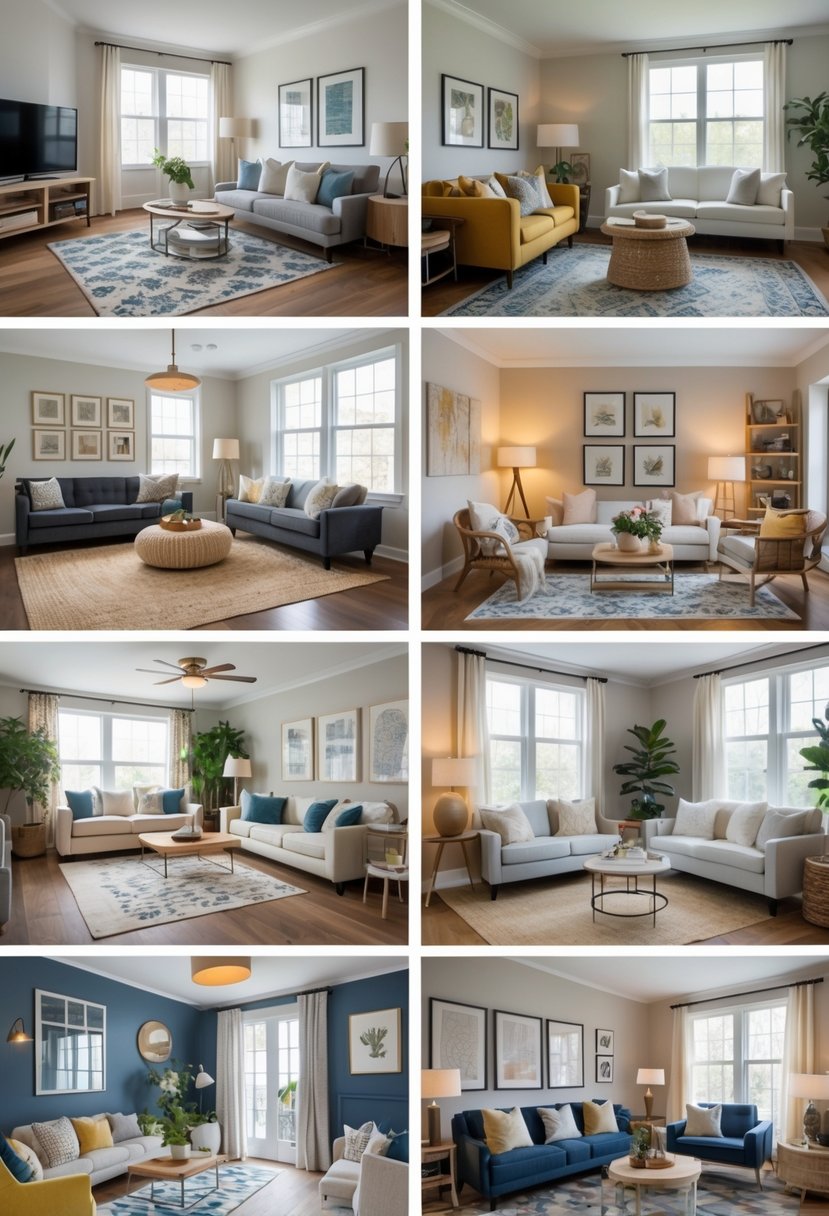
They can use rugs to define different areas in the living room. Placing a rug under the seating area helps separate it from other parts of the room.
Furniture arrangement also creates zones. Grouping chairs and sofas around a coffee table forms a clear conversation space. This helps organize the room without walls.
8) Use floating shelves instead of bulky cabinets
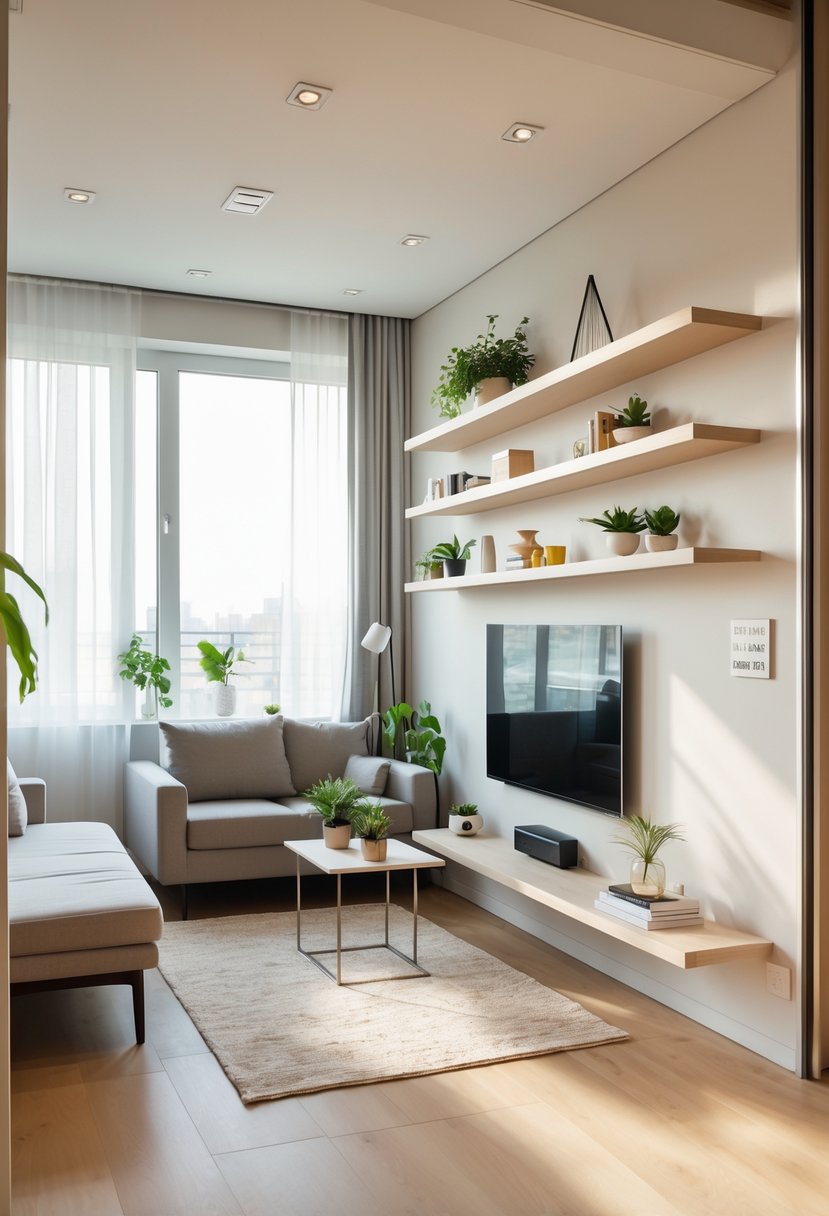
Floating shelves save floor space, making a room feel larger. They provide storage without the weight of big cabinets.
These shelves are good for displaying books, photos, or small decorations. They help keep the living area tidy and organized.
By choosing water-resistant materials, floating shelves can work well even in rooms prone to moisture. They add a clean, modern look to any small living room.
Space-Saving Strategies for Small Living Rooms
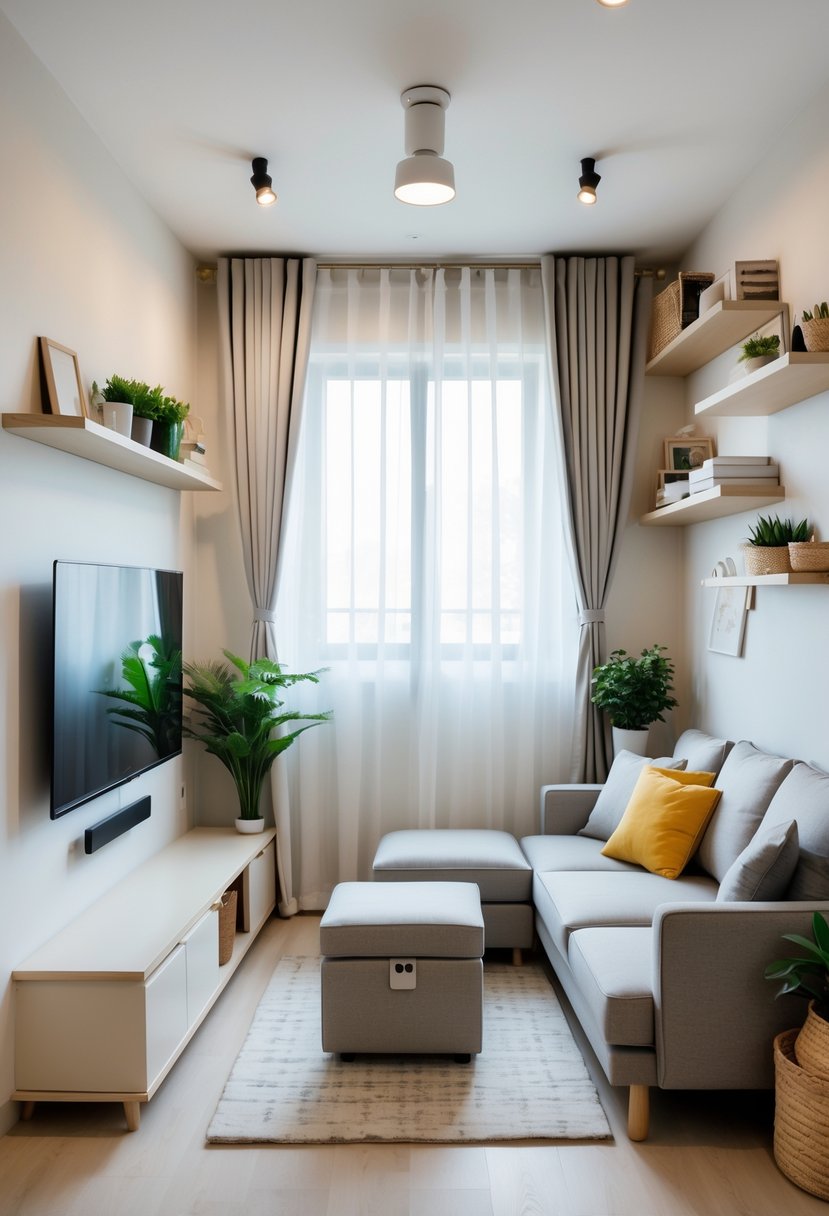
Small living rooms need smart planning to feel open and functional. Choosing the right furniture layout and using wall space effectively can make a big difference. Attention to these details helps maximize every inch without clutter.
Optimizing Furniture Arrangement
Arranging furniture carefully is key to opening up tight spaces. Placing larger pieces against walls frees up the center of the room for movement. Choosing smaller, multi-purpose furniture like ottomans with storage or slim-profile sofas helps avoid crowding.
Using floating furniture—separating pieces from the walls—can create a better flow when space is limited. Avoid blocking natural paths through the room, and keep walkways clear. Grouping seating near focal points, such as windows or a TV, helps make the room feel organized and purposeful.
Utilizing Vertical Space
Walls offer a lot of unused potential in small living rooms. Installing shelves high up keeps floor space open while adding storage or display areas. Tall bookcases draw the eye upward, making ceilings appear higher.
Hooks, pegboards, and wall-mounted baskets hold items like keys, blankets, or plants. Vertical storage solutions reduce clutter on tables and floors. Mirrors hung vertically can also boost the sense of height and light, improving the room’s overall feel.
Enhancing Functionality and Style
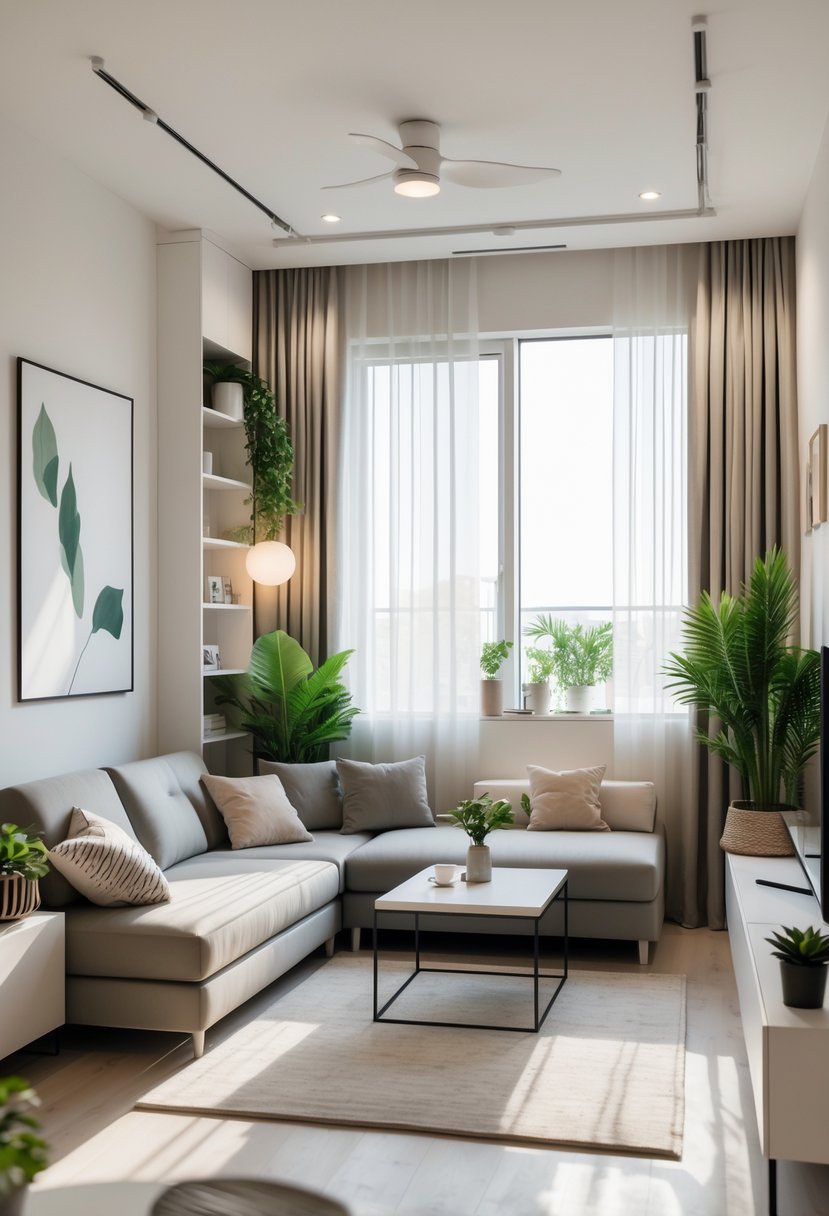
A small living room needs to be practical without looking crowded. Choosing the right furniture and using light and color wisely can make the space feel larger and more comfortable.
Multi-Functional Furniture Ideas
Multi-functional furniture saves space and adds convenience. For example, a sofa bed can serve as seating during the day and a bed at night. Storage ottomans provide both a place to sit and hidden space to keep blankets or magazines.
Other options include coffee tables with built-in shelves or lift tops. Foldable or nesting tables can be used when needed and stored away easily.
Choosing pieces that serve more than one purpose reduces clutter. This helps keep the room organized and open.
Incorporating Light and Color
Light colors make small rooms appear bigger. Walls painted in soft whites, pastels, or light neutrals reflect light and open up the space.
Using mirrors opposite windows can increase natural light and give the illusion of depth.
Layering different light sources—such as table lamps, floor lamps, and overhead lighting—brightens corners and avoids dark spots.
Adding pops of color through pillows, rugs, or artwork adds style without overwhelming the room. It keeps the space lively while maintaining an airy look.

